Drought: Farmers worry they’re taking a back seat to the surplus
The Prime Minister says there’s been a massive investment in fighting the drought, but farmers worry that they’re taking a back seat to the surplus, reports Clare Armstrong
NSW
Don't miss out on the headlines from NSW. Followed categories will be added to My News.
- Nation’s worst drought on record continues to grind down farmers’ reserves
- Farmer funding boost announced to 2GB rival after Scott Morrison was grilled by Alan Jones on the drought
Every day the unprecedented dry conditions crippling regional Australia worsen, pushing farmers further into debt, eroding rural communities and devastating families.
As farmers cry out for more assistance to cope with the worst drought in living memory, their voices are being heard thousands of kilometres away in the cities and suburbs of Australia. And that’s becoming a big problem for the Morrison government.
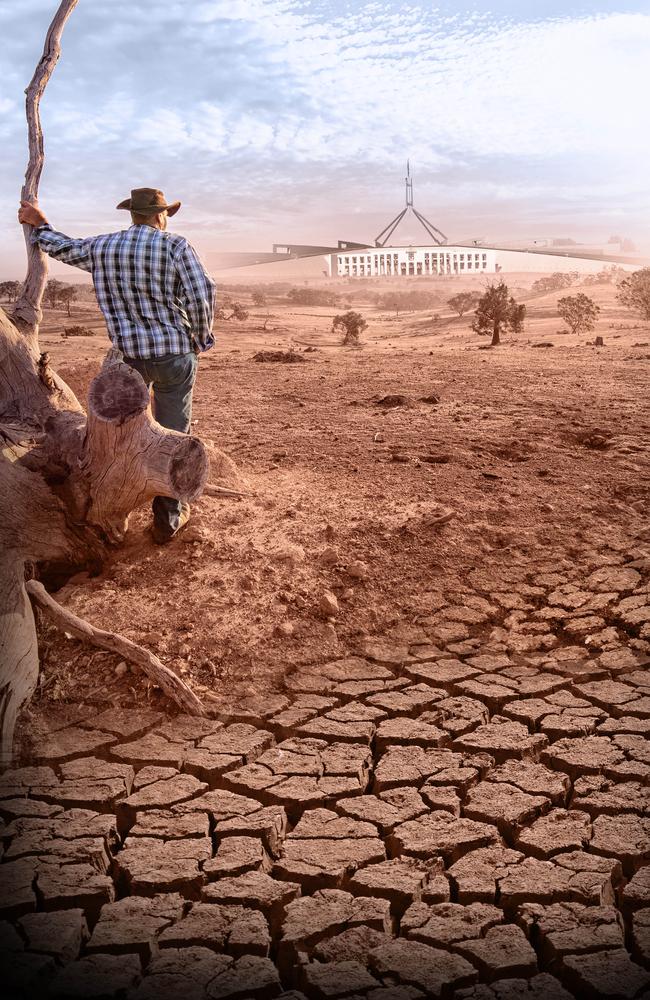
The credibility of its signature $7 billion drought assistance package — most of which is concessional loans and an untouchable future fund — has been dismantled by an increasingly sceptical public who feel the commitment doesn’t help farmers enough right now.
The growing discontent has Coalition MPs worried, with many using a recent party room meeting to raise concerns the government’s message isn’t cutting through, particularly in metro areas.
Prime Minister Scott Morrison has repeatedly stated the drought is his number one priority, but with the government also determined to deliver a budget surplus next year, any reticence to spend more cash is seen by critics as proof farmers come second to that goal.
“The government can’t make life as it was before the drought, and if anyone is suggesting that could be done then they are lying to the people or rural and regional Australia,” Mr Morrison said during a fiery interview with 2GB host Alan Jones last week.
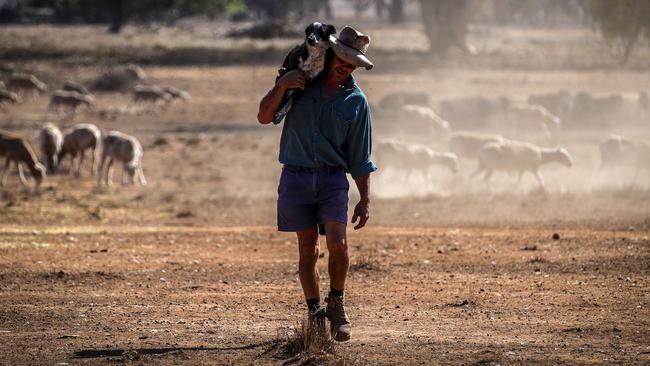
But when barely 10 per cent of the government’s drought investment is direct funds for programs such as financial counselling, farmers’ income support and community grants, Mr Morrison’s economic motives are being questioned.
“The government believes the biggest political play is to produce a budget surplus, and they’re not letting anything in the way of that effort, not even the devastation of the drought,” Labor’s agriculture spokesman Joel Fitzgibbon says.
Mr Morrison has since confirmed his drought strategy is being considered in tandem with the budget bottom line.
“You’ve just got to keep your head in these situations,” he told John Laws on 2SM.
“I mean, a lot of people are running around at the moment getting all panicked and wanting crisis measures. “Well, no, look, we just need to keep our heads, keep our discipline, not go and blow the Budget.”
Emotional response
The seemingly endless sight of bone-dry paddocks, sickly animals and worn out farmers has deeply impacted Australia’s politicians.
Whether it’s Mr Fitzgibbon provoking Deputy Prime Minister Michael McCormack into a red-faced tirade after repeatedly yelling “do something” across the floor of parliament, or Treasurer Josh Frydenberg, absolutely lost for words as he stands at the bottom of a dam so dry the cracks in the earth run 60cm deep — the emotional reaction to the disaster cannot be denied. But that understanding of the human toll is only as useful as the policies introduced as a result.
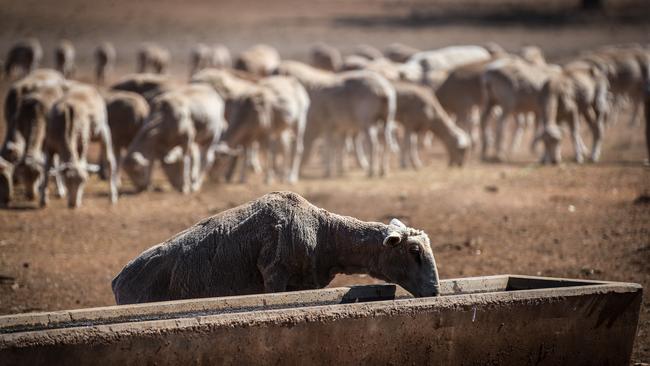
After the May federal election Mr Morrison brought the drought straight into cabinet, adding it to the list of ministerial responsibilities of Queensland MP David Littleproud.
Since then, Mr Littleproud has grappled with the challenges of dealing with a natural disaster of unknown length and accumulative severity.
“(A drought) is different to the other natural disasters like fire and flood because that destroys infrastructure and what happens is you can measure the response by the rebuilding of a house, the rebuilding of a road,” he says.
“With drought it just depletes the landscape and then depletes bank balances over time.
“You can’t just give (the answer) in one single line, you can’t say in one line this is how you address drought because there’s too many moving parts.”
Still a small spend
A key component of the government’s response has been the establishment of the $5 billion Future Drought Fund.
The fund currently totals $3.9 billion and from July 2020 an independent panel will determine how $100 million a year is spent to best future-proof Australia against drought.
Most of the interest is reinvested back into the fund until it actually hits $5 billion in about a decade, at which point it is due to be reviewed.
“We’re going to use the attention on this (drought) to create a policy for the future that actually protects us and prepares our farmers better,” Mr Littleproud says.
“The day after it rains, you’ve got to be ready for the next drought.”
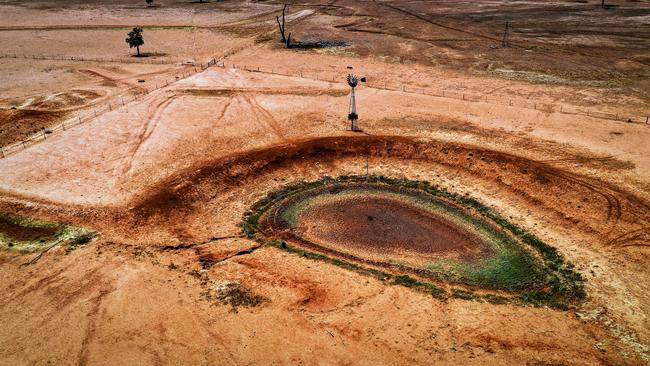
But as the current drought stretches on, state governments in NSW and Queensland are sick of hearing about a pool of money locked up out of reach in a time of dire need.
Queensland Premier Annastacia Palaszczuk last week demanded the funds be released now.
Sitting on $3.9 billion when farmers are sending their best breeders to slaughter, shops in every small town are closing and rural families are on the verge of bankruptcy is not a good look for the Morrison government.
However dissolving the Future Fund — a bipartisan policy reform backed by the agriculture industry — would only serve to further disadvantage farmers.
Though Labor would like more than $100 million dispensed from the fund each year, the party does support the government’s bid to end Australia’s historically “ad hoc” approach to drought support, where funds flow in times of crisis and little is done in between to protect against future disasters.
The problem is that a secure future should not be at the expense of help now.
The government insists that isn’t the case, pointing to an extra $100 million recently poured into immediate assistance, and the extension of the Farm Household Allowance for landowners who have been kicked off the scheme for hitting its four-year limit, as proof they’re increasingly stepping up their efforts.
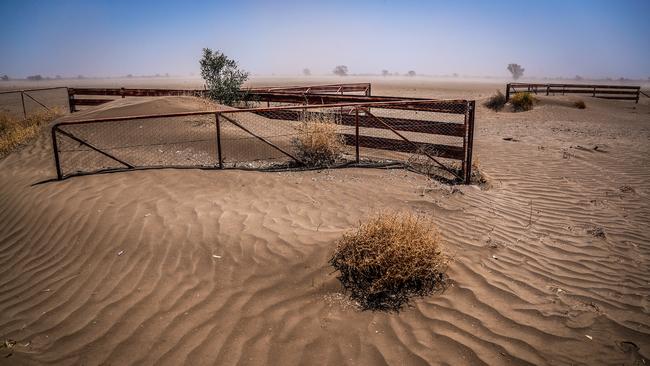
“We’re looking at other measures as we speak around how we can compliment everything we’re doing,” Mr Littleproud says.
But it’s a drop in the ocean compared to the top line “$7 billion” figure highlighted in the government’s own talking points.
Of the remaining $2 billion, half is for concessional loans through the Regional Investment Corporation — of which only about $230 million has gone out the door to farmers.
The last billion is for rebates, income assistance, retraining and community grants, but it’s unclear how much of this has been spent. The message from the land is clear: farmers need more help right now.
Blame game
When Mr Morrison appeared on 2GB last week he could barely get a sentence out before Mr Jones cut in asking how any of the measures would help farmers feed their stock.
It’s a line of questioning that has frustrated the federal government as the cost of fodder and transport is a responsibility designated to the states.
“People have played with emotions and not actually got underneath the bonnet of this,” Mr Littleproud says.
“They berate us about inaction, well make sure that is targeted at the right area, because governments of all persuasions have responsibilities laid out that we all unanimously agreed to.”
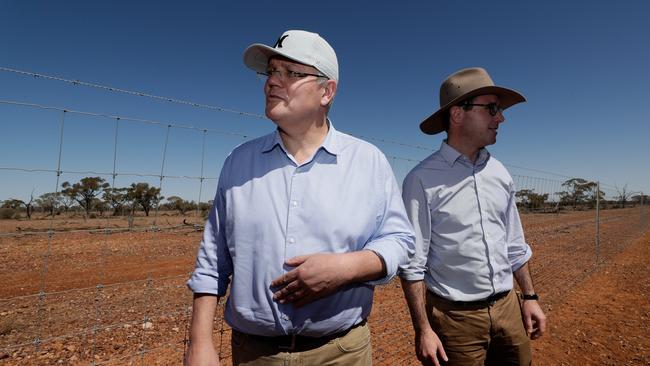
Not all states have embraced their “responsibilities” equally — the NSW government has spent more than $110 million in transport subsidies and donated fodder, while the Queensland government this week announced it would no longer subsidise freight — but Mr Fitzgibbon says this is not the point.
“There’s a vertical fiscal imbalance because the Commonwealth holds all the money and capacity to raise taxes, while the states have limited capacity to increase funds,” he says.
“Rather than telling states to do more, the federal government needs to provide more funds and step up.”
Mr Littleproud insists the government is not “running away from its responsibilities”.
“We’re just saying everybody should come with us, the states should come with us and clearly declare, as we are, we’re going to have to do more.”
There’s just no word on exactly when the government will “do more”.
Bipartisan approach
At the drought summit in Dubbo Labor leader Anthony Albanese all but extended Mr Morrison a blank cheque, promising to back whatever the government wanted to spend helping farmers.
The government hasn’t particularly taken up the offer, but the idea of a bipartisan approach was taken one step further last week when Mr Fitzgibbon floated the idea of a “war cabinet” style effort to address the drought.
“Few too people are prepared to say it but we’re entering into a different climatic environment, and if you forget about what’s causing it for a moment, we’re on an increasingly drier continent and a lot of places … may not be viable in the future,” Mr Fitzgibbon says.
“There could be a situation where decisions have to be made about which sectors, or which geographical areas get help.
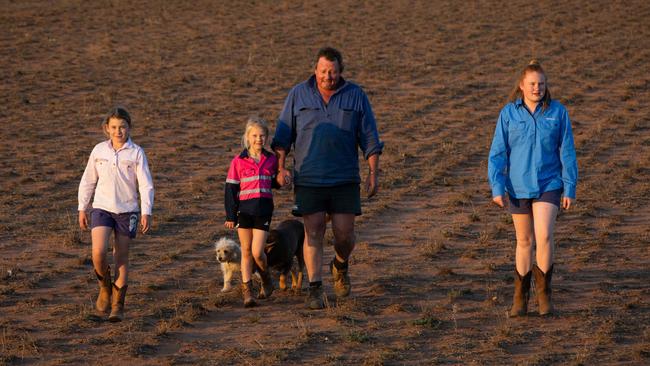
“That’s a very difficult thing for a government to manage, it’s a courageous thing to tackle and if you had the opposition in the tent … it would give you the cover you’d require to progress such meaningful reform.”
Natural disasters are often a time of great bipartisanship and co-operation between different levels of government and political parties.
When bushfires, floods or cyclones wreak havoc across the country no barrier to assistance is insurmountable.
But droughts come on slowly and they permeate every facet of a community meaning it’s often years before there’s sufficient political will — driven by public demand — to step up assistance.
Without the farmers’ cash flowing into towns, small business owners struggle to keep staff employed.
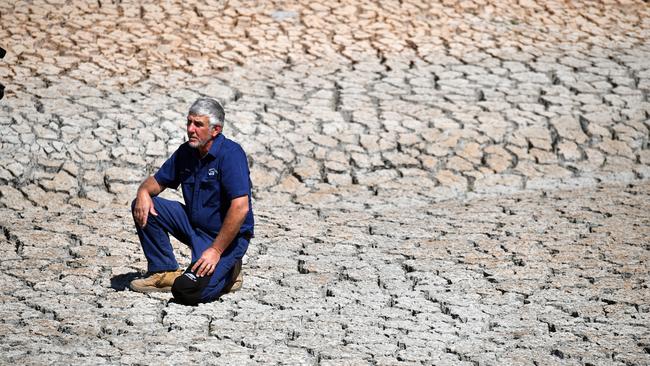
Town water dwindles, restrictions are ramped up and councils truck in emergency supplies to cope with critical shortages.
The government has had some success with its community grant scheme — $1 million given to local councils for “legacy’ infrastructure projects built with local tradies and materials — but as the drought drags on, the efficacy of the economic stimulus declines.
Even if the government doubled its drought spend tomorrow there would still be some farmers left unhappy, but by its own admission more needs to be done so without a compelling reason for why now is not the time, the public will go on assuming other economic factors are at play.
